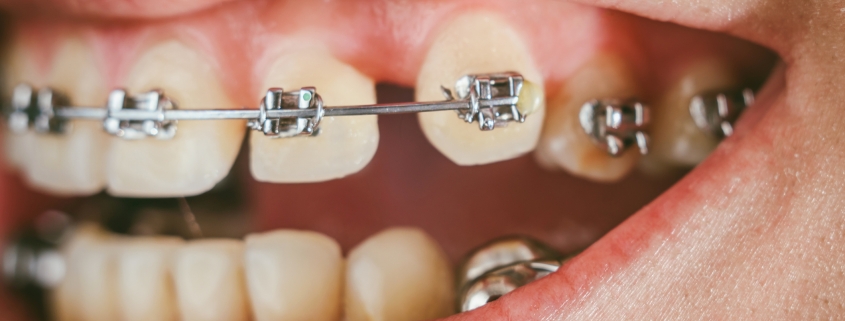spacing between teeth
The world of dentistry is filled with a diverse array of smiles, each unique in its own right. Among the myriad characteristics that contribute to this diversity, the proximity of teeth to one another stands out as a fascinating aspect of dental anatomy. This article delves into the phenomenon of teeth that are closely situated, exploring the reasons behind this occurrence and the potential impact on oral health.
The Natural Variation
The spacing between teeth is a natural variation in dental anatomy. While some individuals may have teeth that are perfectly aligned with small gaps in between, others may exhibit teeth that are situated in close proximity, appearing almost crowded. This variation is influenced by genetic factors and the development of the jaw and teeth during early childhood.
Genetic Influences
Genetics play a significant role in determining the size of the jaw, the number of teeth, and the spacing between them. Family traits often manifest in dental characteristics, leading to similarities in tooth proximity among relatives. Genetic predispositions can result in teeth that are naturally close to each other or exhibit a crowded appearance.
Microdontia and Dental Crowding
Microdontia, a condition where teeth are smaller than average, can contribute to dental crowding. When teeth are smaller than the available space in the jaw, they may drift closer together, creating a crowded appearance. This condition can be influenced by genetic factors and may require orthodontic intervention for optimal alignment.
Orthodontic Considerations
The proximity of teeth can impact both aesthetics and oral health. Orthodontic considerations often arise when teeth are excessively close, leading to challenges in cleaning, increased risk of decay, and potential misalignment. Orthodontic treatments, such as braces or clear aligners, can be recommended to address these issues and optimize oral health.
Challenges in Cleaning
Teeth that are closely situated may pose challenges in maintaining proper oral hygiene. Flossing and brushing between tight spaces can be more difficult, increasing the risk of plaque buildup, cavities, and gum disease. Diligent oral care practices become especially crucial for individuals with closely spaced teeth.
Orthodontic Solutions
Orthodontic interventions are designed to address various dental alignment issues, including teeth that are too close together. Braces and aligners work to gradually move teeth into their optimal positions, creating a harmonious and functional dental arch. This not only improves aesthetics but also contributes to long-term oral health.
Impacts on Speech and Functionality
In some cases, closely spaced teeth may affect speech patterns or cause discomfort during eating. Orthodontic treatments can help optimize the alignment of teeth, improving both speech clarity and oral functionality.
Teeth that are closely situated, whether due to genetic factors or developmental conditions, present a unique aspect of dental diversity. While the proximity of teeth can contribute to a distinctive smile, it also necessitates careful consideration of oral health implications. Orthodontic interventions offer effective solutions for optimizing tooth alignment, promoting oral hygiene, and enhancing both the aesthetics and functionality of the smile. Understanding the factors that contribute to teeth in close proximity empowers individuals to make informed decisions about their oral health and seek appropriate dental care when needed.

